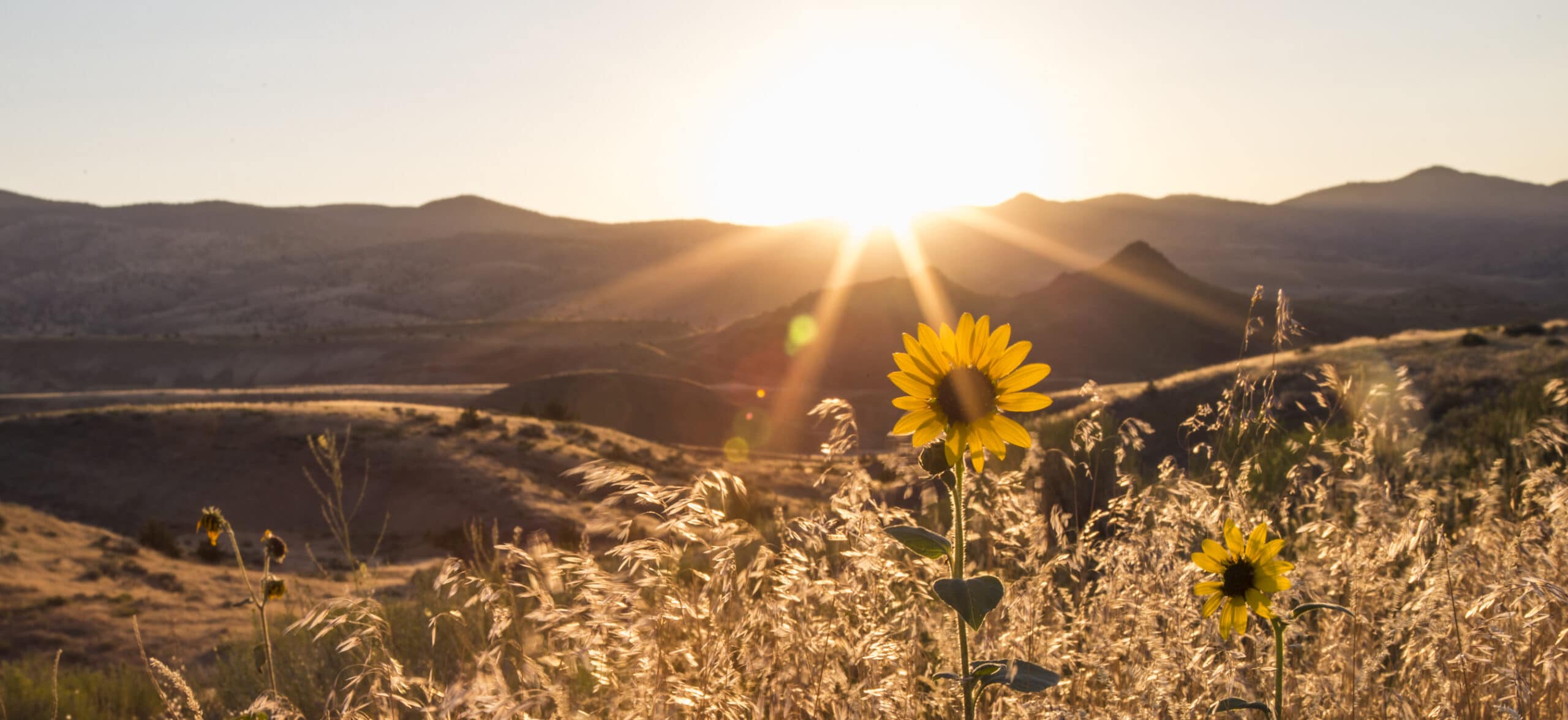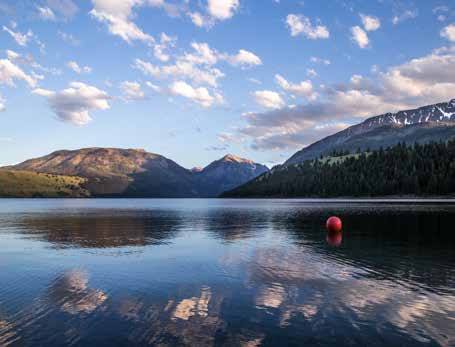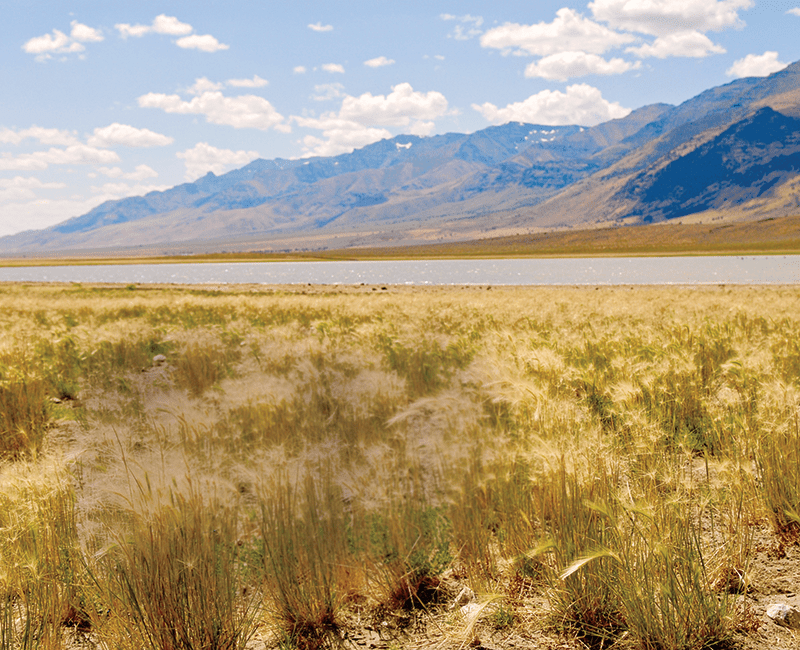Rafting Oregon’s Majestic Owyhee
The Owyhee was named the “last great unappreciated river” by National Geographic.
Referred to as Oregon’s Grand Canyon, the Owyhee River cuts through a remote and rugged canyon near the town of Rome. Considered to be one of the most scenic and challenging whitewater rivers in the Northwest, the Owyhee begins in the mountains of western Idaho and empties into Oregon’s Owyhee Reservoir. Years of advocacy have kept the area off limits to natural resource development. The handful of visitors who venture here get to experience this timeless area’s natural landscape as it has been for millennia. Multiday trips rafting the Owyhee are offered by a number of outfitters who guide boats past 1,000-foot rhyolite cliffs, 9,000-year-old petroglyphs, fauna and riverside hot springs. Quiet sections are broken up by adrenaline-inducing rapids.
two ways to explore the owyhee river
fish the miracle mile
Clinging just barely to the edge of the state is Oregon’s finest brown trout fishery. The lower Owyhee River emerges cold and skinny from the foot of the massive Owyhee Dam. It is here that anglers gather every spring and fall in hopes of landing one of the many trophy-size brown trout that inhabit a roughly five-mile stretch of blue-ribbon water below the dam. Primitive camping along the river is available year-round.
a wild road trip
Roads are rocky, rutted and often muddy, and you must make sure that you bring plenty of your own gas, food and water, but a road trip through the Owyhee Canyonlands is an unforgettable experience. Hike Jordan Canyons or Painted Canyon Loop, and camp at Slocum Creek Campground or Succor Creek State Natural Area. In summer, prepare for hot weather and little shade—but plenty of scenery.

Leslie Gulch, where bighorn sheep, mule deer and elk deftly traverse the precious metal-hued volcanic tuff formations. Sport climbers are also known to scale these remote crags, though new routes are not currently allowed to be set on the BLM-managed land.







